From 31.15% in June of last year to 31.10% in June of 2024, banks’ average loan rates have marginally declined.
This decrease in borrowing costs corresponds with a decrease in the rate of inflation, as per figures released by the Bank of Ghana.
January 2024 saw an average loan rate of 32.94%; in February and March of that same year, it dropped to 32.77% and 32.37%, respectively. It eased more in April, hitting 31.25%.
The Ghana Reference Rate stood at 29.44% as of June 2024.
The Monetary Policy Committee of the Bank of Ghana agreed on July 26, 2024, to maintain the policy rate at 29.0%. The Central Bank noted that recent pressures on exchange rates, higher utility bills, and rising ex-pump gasoline costs have affected the inflation outlook for the year.
Nonetheless, lending rates can differ dramatically between banks and the industries they cater to. Depending on the risk profile of the client, certain banks may charge rates as high as 40% for loans, while others offer loans at the Ghana Reference Rate.
The performance of the banking industry in the first half of the year, however, indicates that the effects of the Domestic Debt Exchange Program are still being felt.
Compared to the 21.2% growth seen at the end of June 2023, total assets increased by 33.3% to GHS 323.1 billion at the end of June 2024.
Nonetheless, the industry’s non-performing loan ratio jumped from 18.7% to 24% in June 2024.














